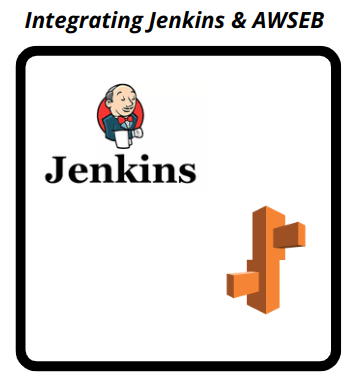Let’s take a closer look at deploying Jenkins to AWS Elastic Beanstalk. Bobcares, as a part of our AWS Support Services offers solutions to every query that comes our way.
App Deployment to AWS Elastic Beanstalk with Jenkins
Jenkins is another popular development tool. Jenkins is well-known for its ability to support even the most complex architectures, and it integrates seamlessly with AWS services via plugins and add-ons. We don’t have to be concerned about compatibility or reliability issues for Jenkins with Elastic Beanstalk.

The AWSEB plugin allows users to deploy into AWS Elastic Beanstalk by Packaging, Creating a new Application Version, and Updating an Environment. The AWS Elastic Beanstalk Deployment plugin works with Jenkins 2.6x and up, simplifying the packaging and deployment of new applications to the Elastic Beanstalk environment. We have to execute the below steps in order to deploy the application to AWS Beanstalk with Jenkins.
- Set up AWS Elastic Beanstalk application.
- Create an AWS IAM user and Credentials.
- Install Jenkins Plugin.
- Configure Credentials.
- Configure Job.
- Start the Build
Set up AWS Elastic Beanstalk
In order to continue with the process, first, make sure the AWS Elastic Beanstalk application is up and running.
Create an AWS IAM user and Credentials
- Firstly, navigate to AWS > IAM > Users > Add User.
- Then choose a preferred name and attach the “AWSElasticBeanstalkFullAccess” policy.
- AWS provides an Access Key ID and a Secret Access Key after a user is created. Save that information for later.
Install Jenkins Plugin
- Install the AWS Elastic Beanstalk Deployment Plugin. We can install it either manually or from the Plugin manager.
- Now open Jenkins: Manage Jenkins >> Manage Plugins >> Available.
Configure Credentials
- Now Open Jenkins.
- Go to Credentials >> System > Global credentials (unrestricted) >> Add Credentials.
Configure Job
- Scroll down in Jenkins Job to the Build option. Then add the build step and Select AWS Elastic Beanstalk.
- Inside AWS Elastic Beanstalk wizard fill up all details related to the app.
- Lastly, click on the Save button.
Start the Build
- Go to Jenkins Dashboard.
- Choose Apache and Select Build Now.
[Looking for a solution to another query? We are just a click away.]
Conclusion
In this article, we provide the steps from our Tech team to deploy an application on AWS Elastic Beanstalk using the Jenkins tool.
PREVENT YOUR SERVER FROM CRASHING!
Never again lose customers to poor server speed! Let us help you.
Our server experts will monitor & maintain your server 24/7 so that it remains lightning fast and secure.







0 Comments